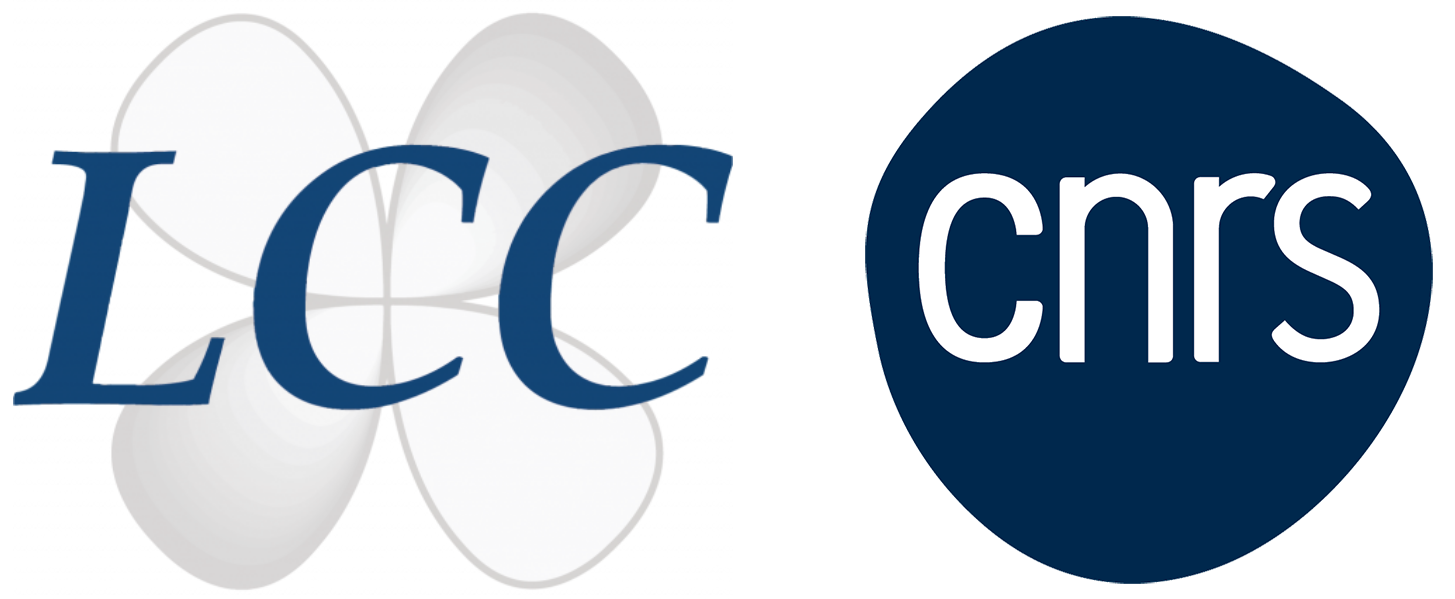LCC
Listen to the podcast “Les Deux Font La Paire.”
Dominique Agustin, a professor and researcher at LCC at the University Toulouse III – Paul Sabatier in Castres, talks to us about green chemistry.
Co-produced by Exploreur (Hélène Pierre, Justine Mingot, and Sofian Charaabi) – Campus FM (François Berchenko and Antoine Riou).
Photos: Sébastien Chastanet, Observatoire Midi-Pyrénées. Produced as part of the European Researchers’ Night.
The series Les deux font la paire showcases unusual pairs… a scientist and an everyday object.
Chemist Dominique Agustin has chosen an hourglass containing green sand… to explain to us why and how chemical processes could be more environmentally friendly.
Focus on the object
- This object symbolizes the passage of time: a time that is now limited to take action in the face of the climate emergency, but also the long time span of scientific research.
- The sand that evolves in a closed system – where nothing is lost – also recalls the famous maxim “Nothing is lost, nothing is created, everything is transformed” by the chemist Antoine Laurent de Lavoisier, who explained in the 18th century that matter is always conserved.
- As for the color green, it symbolizes ecology, respect for the planet, which is closely related to “green chemistry,” the field of study of Dominique Agustin.

Focus on science
Green chemistry, a concept developed in the late 1990s in the United States, aims to reduce or even eliminate the environmental impact caused by chemical processes in a sustainable manner. It also aims to move away from dependence on fossil fuels, ensure more reliable and efficient chemistry, while still promoting production and innovation.
To achieve this, chemists are highly interested in a readily available resource: biomass, which refers to plant matter. Unlike fossil resources like oil, plant-based resources have the advantage of being renewable (within certain time and space limits). It is even better if we can use biomass waste from various other processes instead of solely relying on dedicated plant material.
Chemical processes can be used to convert biomass into new molecules and materials. Dominique Agustin focuses on “green” methods that aim to make these processes cleaner, use fewer polluting and toxic solvents, and promote sustainable development and responsible resource utilization.
- Green chemistry is not the same as plant chemistry, which is called “phytochemistry.” Green chemistry, on the other hand, seeks the cleanest, safest, and most energy-efficient methods for conducting chemical reactions and creating products, both in the laboratory and on an industrial scale. It notably makes use of plant waste. For example, vanillin, a vanilla flavoring, can be manufactured through the oxidation of lignin (a waste product from the wood industry after paper production).

Dominique Agustin, enseignant-chercheur au LCC et à l’IUT de Castres présente l’objet qu’il a choisi pour parler de chimie verte

LCC
Laboratoire de chimie de coordination du CNRS
205 route de Narbonne, BP 44099
31077 Toulouse cedex 4
France




